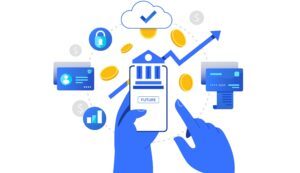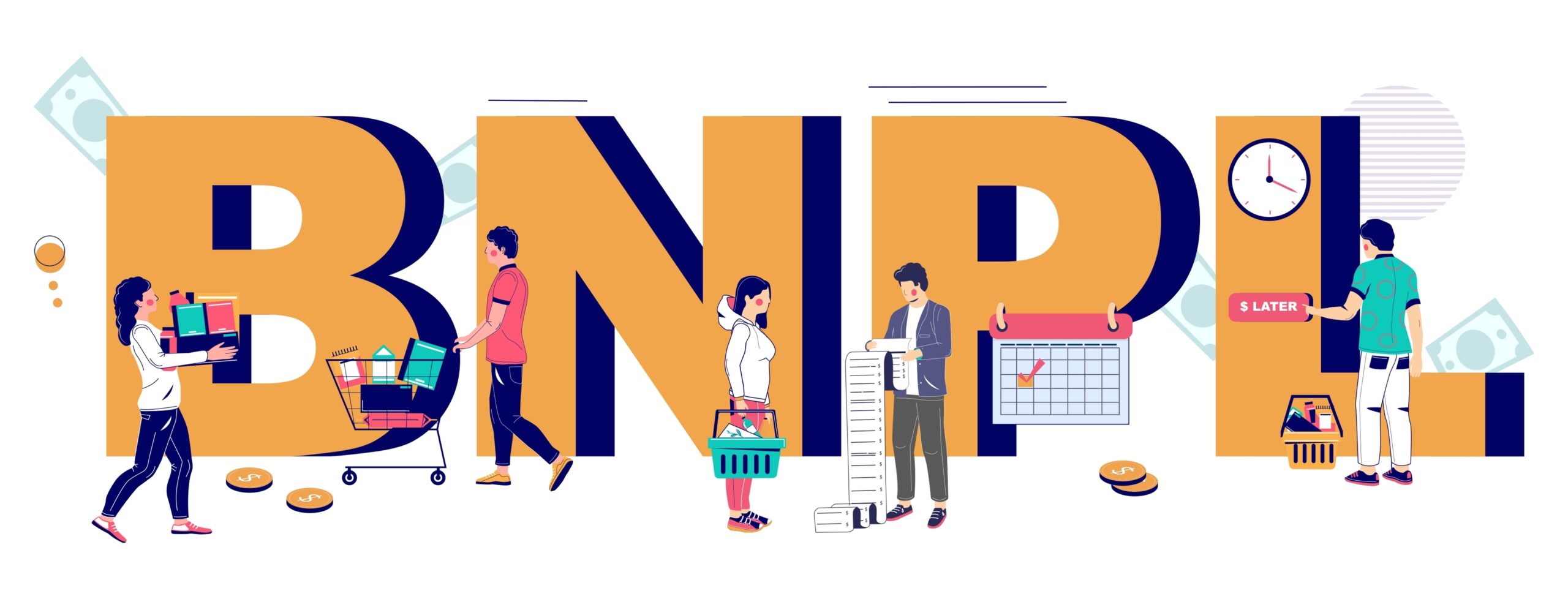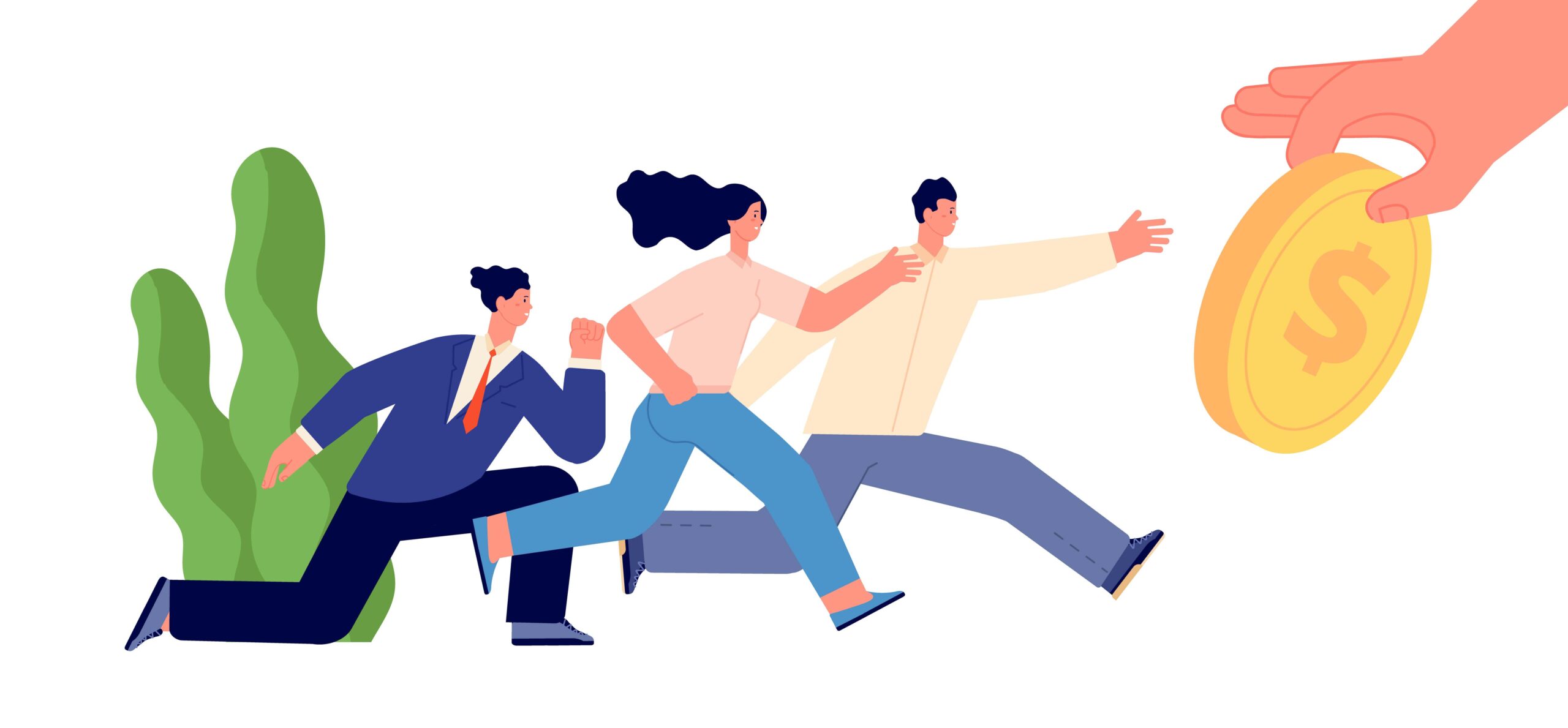The AI revolution in the payments industry is leading to significant advancements in customer support, with AI-powered solutions offering real-time query resolution and personalized product recommendations based on extensive payment data. These smarter products aim to enhance customer satisfaction by providing a more streamlined and smoother payment experience. So let’s get into everything you need to know about how AI is impacting the payments industry.
The Journey of AI in the Payments Industry

AI came to be in the payments industry through the implementation of advanced technologies that enabled AI-powered systems to provide real-time customer support, personalized product recommendations, and streamline the payment experience. By leveraging large amounts of payment data for adaptive modelling and deep learning, AI revolutionized fraud detection and risk assessment, which ultimately enhanced security and improved overall customer satisfaction.
How to Use AI in the Payments Industry
Artificial Intelligence is being increasingly used in the payments industry for various purposes. One key point of AI in payments is fraud detection, where machine learning algorithms can analyze large volumes of transactions to identify fraudulent activities. AI is also used in customer service, credit limit decisions, personalized offers and recommendations, and streamlining payment processing. These applications of AI in the payments industry aim to enhance accuracy and security in financial transactions.
AI in the payments industry is transforming how financial transactions are processed and managed. By automating repetitive tasks, reducing errors, and allowing industry players to focus on more strategic initiatives, AI tools are streamlining payment processes. The integration of AI in the payments industry is revolutionizing how financial operations are conducted and creating opportunities for innovation and improvement in the sector. Here are just some ways that AI has impacted the payments industry and how it is being used:
Personalised Offers and Recommendations
Through the utilization of machine learning algorithms, past transactions and online interactions can be analyzed to construct individual customer profiles. AI can pinpoint relevant payment products, value-added services, upcoming promotions, and tailored purchase recommendations based on each customer’s distinct preferences and interests. This personalized approach enhances the overall customer experience and fosters stronger connections between customers and payment firms.
Customer Service Through Chatbots and Virtual Assistants
Chatbots and virtual assistants, enhanced by natural language processing technology, are transforming customer engagement within the payments sector. Through conversational AI, payment companies can efficiently resolve various customer inquiries without the need for human involvement. By engaging in dialogues with AI assistants, customers can quickly get information on account balances, payment schedules, transaction concerns, and more, leading to reduced call centre traffic and enhanced round-the-clock support availability.
Data-Driven Insights for Innovation
By using AI, payment companies are extracting valuable insights from extensive transaction data repositories in real-time. These insights enable the identification of untapped revenue streams, emerging demand patterns, consumer spending behaviours, and aspects requiring enhancements.
Cyber Fraud Detection and Prevention
The main point of the payment providers’ agenda is cyber fraud detection and prevention. AI is revolutionizing fraud detection efforts by scrutinizing extensive transaction data to uncover intricate patterns that may signal potential fraudulent activities.
Using machine learning algorithms, AI can swiftly analyze large volumes of data points – such as device identifiers, location details, transaction speeds, and past purchase records – in real time to pinpoint irregular behaviours. This proactive approach enables payment providers to promptly identify and flag suspicious transactions for careful examination, minimizing the risk of financial losses.
Streamlined Processing and Settlement
AI is revolutionizing payment processing and settlement procedures by automating routine tasks and refining operations to accommodate increased transaction volumes. Through technologies like optical character recognition (OCR) and natural language processing (NLP), crucial data fields from invoices can be extracted for seamless processing without manual intervention. By leveraging machine vision alongside machine learning, AI accelerates check deposit processes by swiftly identifying vital details such as amounts, dates, and signatures.
Credit Decisioning and Underwriting
AI is revolutionizing credit decision-making and underwriting processes by enhancing the accuracy of credit risk evaluations. Using machine learning algorithms, AI can examine a wide range of data inputs such as financial activities, demographic information, credit reports, and behavioural patterns to assess risk levels effectively. This enables payment companies to swiftly make informed decisions on underwriting and adjust credit limits in real-time.
The Benefits of AI in the Payments Industry

The integration of AI technologies in the payments industry offers various benefits, including improved fraud detection rates, faster transaction times, enhanced customer experiences, and optimized payment acceptance. By adopting AI tools, businesses can efficiently manage working capital, reduce errors, and automate repetitive tasks, allowing industry players to focus on strategic objectives and growth. This transformative technology has the potential to significantly impact the future of financial transactions and payment processes.
The Challenges of AI in the Payments Industry
The adoption of AI in the payments industry comes with notable challenges, particularly in terms of regulatory concerns related to data privacy and the transformative potential of AI technologies. Governments worldwide, in collaboration with private industry groups, are working on measures to regulate and standardize the use of AI in payments to address these challenges. Despite the promising prospects, integrating AI into the payments sector is complicated by issues such as data availability, privacy concerns, bias in AI algorithms, and the security of transactions.
Navigating the path towards AI integration in the payments industry presents hurdles that include data privacy concerns and data availability, as smart machines require substantial training data. The AI revolution also brings up challenges such as bias in algorithms and the fair and secure processing of transactions in the financial ecosystem. The industry is making strides to overcome these challenges and harness the potential benefits that AI can offer to revolutionize digital transactions and drive efficiency in the payments landscape.
What does AI hold for the Payments Industry in the Future?

The future of the payments industry is likely to be heavily influenced by artificial intelligence (AI). AI holds immense potential to revolutionize digital transactions by enhancing security, streamlining processes, and offering personalized experiences. As technology continues to advance, AI is expected to play a critical role in shaping the future of the payments industry.
AI-driven innovations in payments are already improving the industry into a new era of convenience and security. The integration of AI tools in payment processing offers several advantages, including automating repetitive tasks, streamlining operations, and improving overall efficiency. As AI continues to evolve, its transformative impact on payments, key applications, benefits, challenges, and future possibilities are areas of ongoing exploration and development.
The AI Revolution in the payments industry promises enhanced customer satisfaction through AI-powered customer support, personalized product recommendations, and streamlined payment experiences. By using this to your advantage you can get ahead of your competitors and use AI to help enhance your company and make payment processes more accessible and easier to use.





































